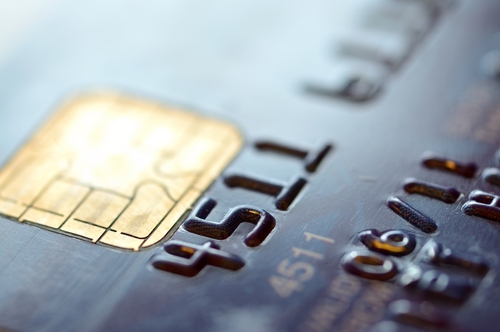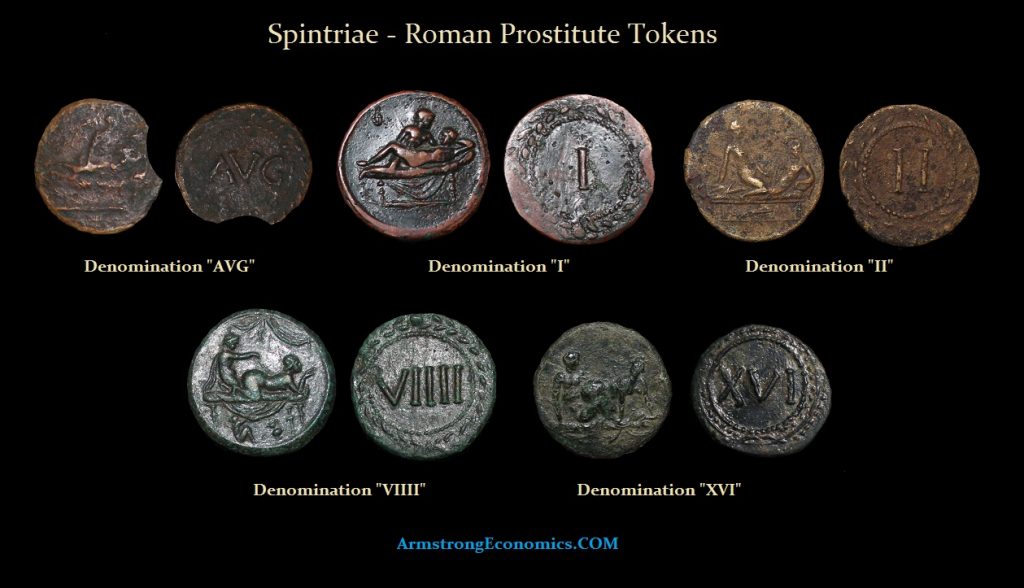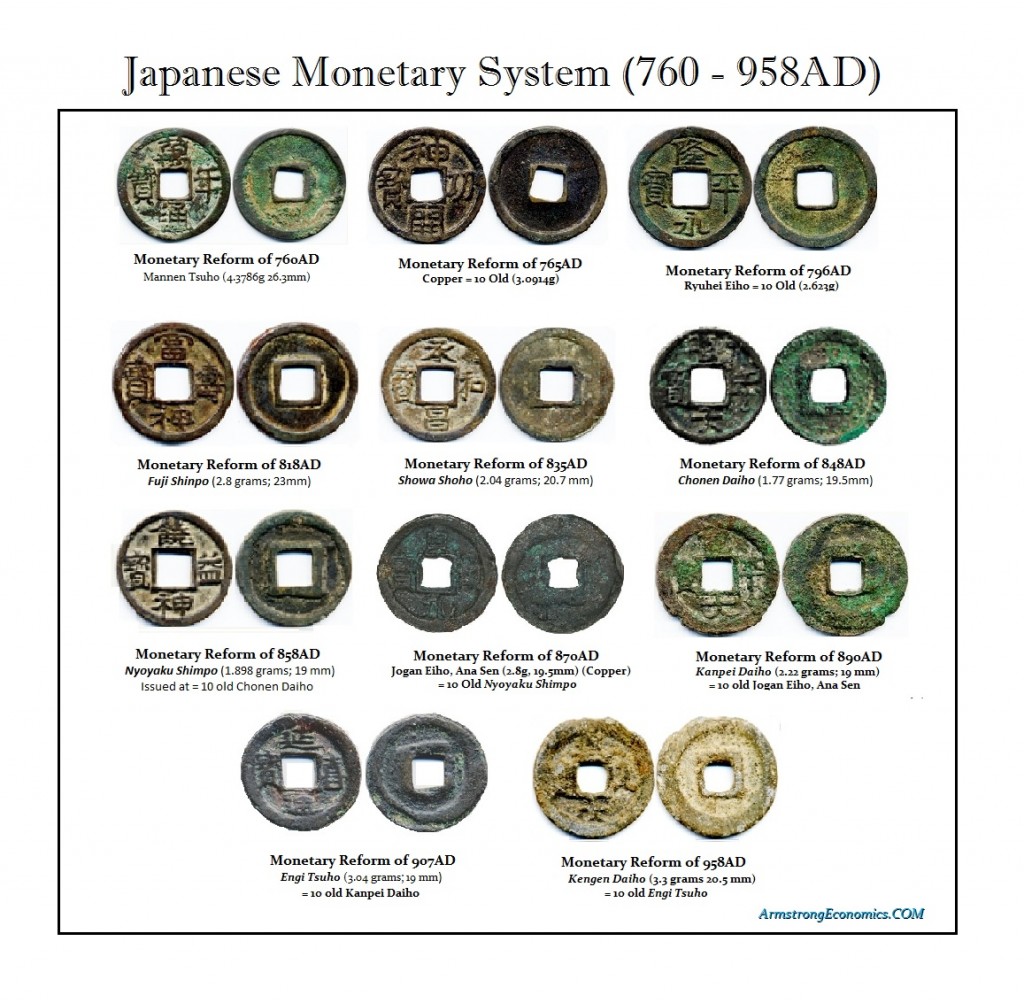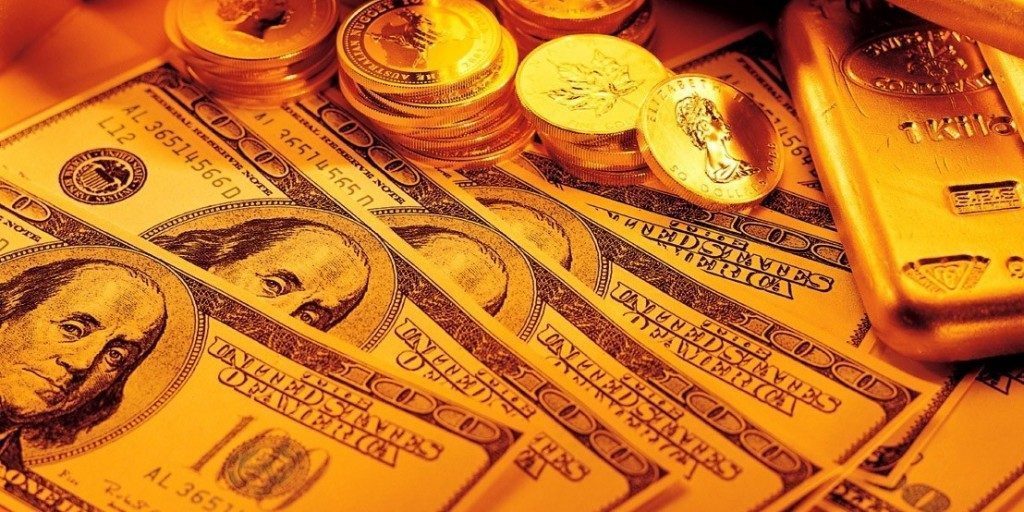
This week, Your News to Know rounds up the latest top stories involving gold and the overall economy. Stories include: Institutions will be the drivers of gold demand, Ray Dalio issues warning about the greenback, and silver believers could soon be rewarded.
Institutional demand will power gold prices as central banks panic
As Egon von Greyerz notes via ZeroHedge, uncertainty has been the theme across the board this year, and it is unlikely to dissipate any time soon. von Greyerz believes that the uncertainty is tied to the end of a cycle, and while the full timeline of the cycle isn’t entirely clear, its social and economic aspects are directly tied to the abolishment of the gold standard in 1971.
This accelerated the precarious path that the Federal Reserve set for the U.S. when it was created in 1913, one of perpetually expanding debt and an economy based on faith. That there is no solution to the debt issue has been painfully demonstrated by various administrations. The Clinton administration from 1998-2001 and the current Trump administration have been among the most vocal regarding the issue, yet neither has been able to prevent the U.S. national debt from roughly doubling every 8 years.
von Greyerz sees central banks as being on exceptionally shaky grounds, as the aforementioned untethering started the fall of fiat currencies. Most of them have lost around 85% against gold since 2000, and all of them have lost upwards of 97% of their value since 1971. While the U.S. dollar stands out as exceptionally long-lasting, von Greyerz sees economic factors that are beginning to threaten it.
…click on the above link to read the rest of the article…











 PBoC balance sheet
PBoC balance sheet
 Sound money vs. a piece of paper – which is the better guarantor of liberty? [PT]
Sound money vs. a piece of paper – which is the better guarantor of liberty? [PT] As Murray Rothbard notes in Anatomy of the State: “All Americans are familiar with the process by which the construction of limits in the Constitution has been inexorably broadened over the last century.
As Murray Rothbard notes in Anatomy of the State: “All Americans are familiar with the process by which the construction of limits in the Constitution has been inexorably broadened over the last century. 



